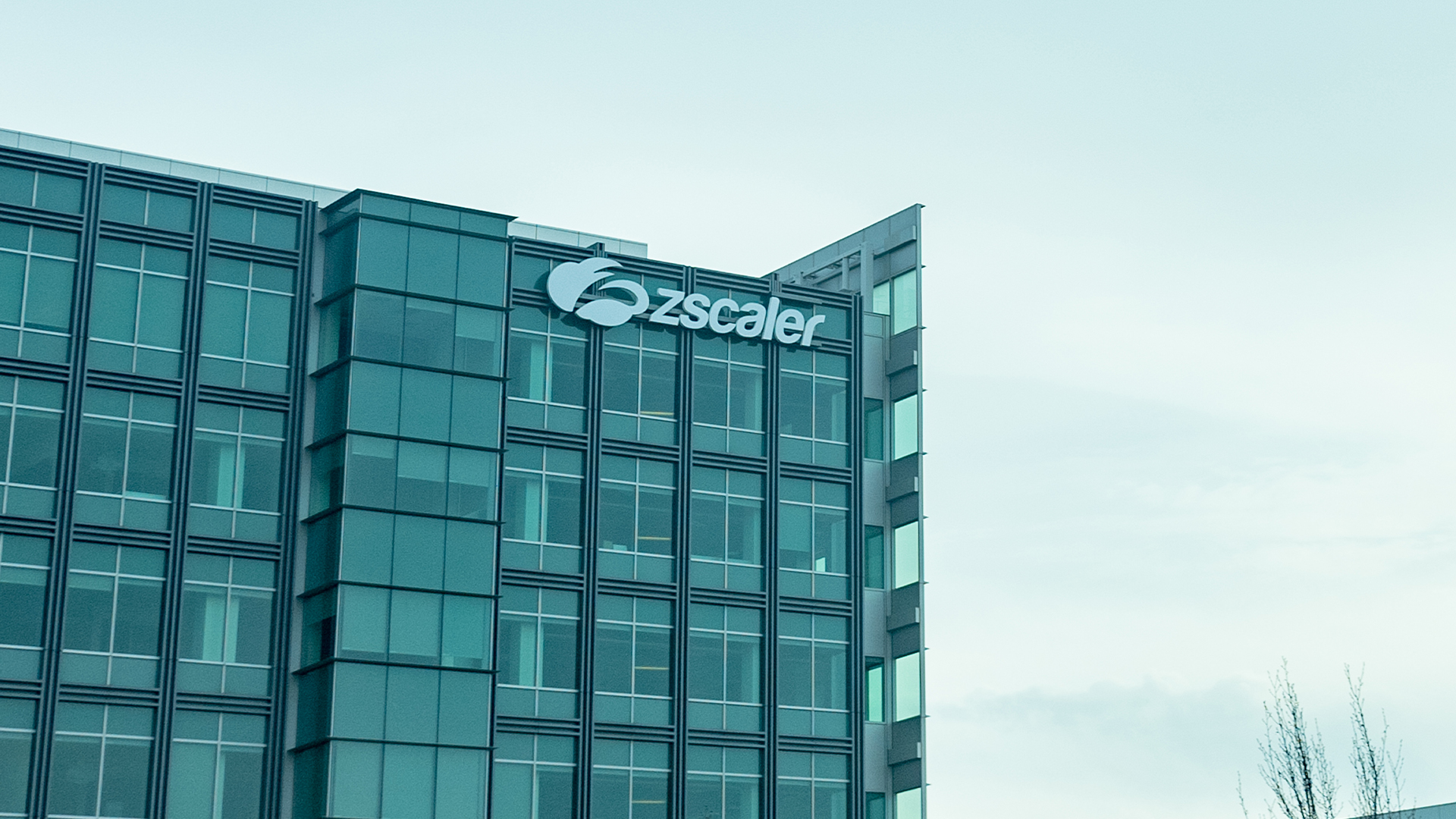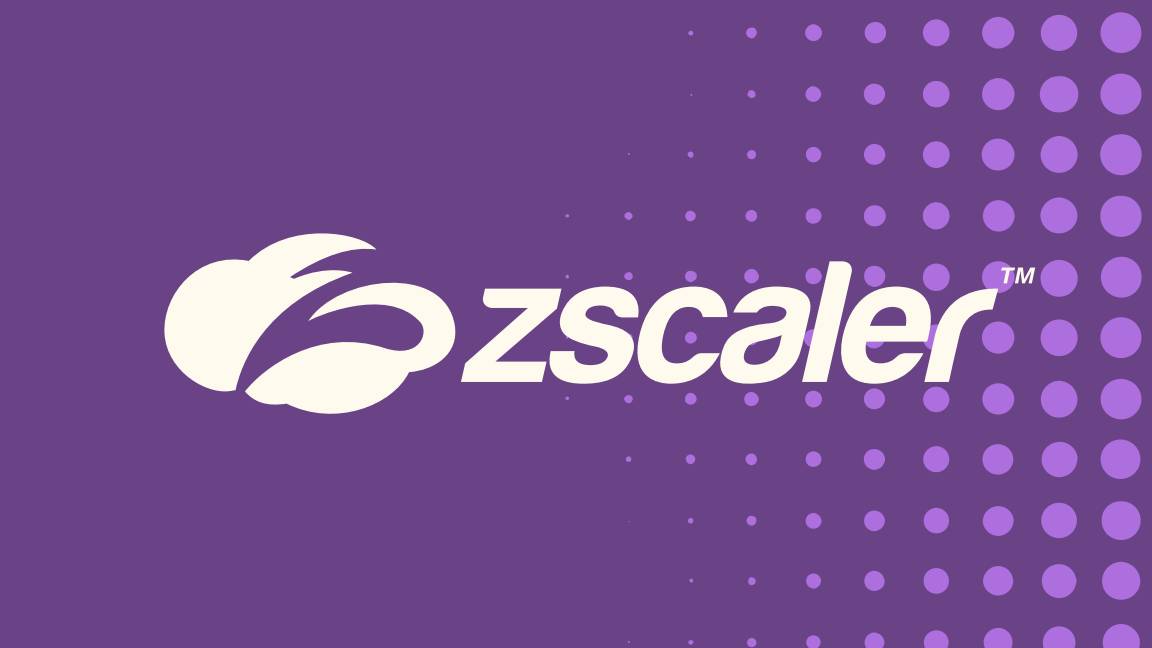Zero trust gains momentum amid growing network visibility challenges
Organizations are looking to automation, orchestration, and risk mitigation as key security priorities


Network visibility challenges and rising cyber threats are prompting a step change in security strategies, according to new research, with firms ramping up zero trust capabilities.
Findings from AlgoSec’s 2025 State of Network Security report show seven-in-ten security teams report visibility issues, which is delaying threat detection and response.
Respondents to a survey by the firm warned that a lack of insight into application connectivity and poor alignment of security policies on these fronts now represent ‘significant’ risks for enterprises.
Notably, a key factor behind these challenges lies in the increased adoption of multi-cloud architectures, the report noted. Running parallel to multi-cloud adoption strategies, many firms are now accelerating the adoption of zero trust tools and practices.
"As businesses expand their digital footprints across hybrid and multi-cloud environments, securing network infrastructure has become a top challenge," said Eran Shiff, VP of product at AlgoSec.
"We are seeing a major shift toward automation, orchestration and risk mitigation as key security priorities. Adoption of SD-WAN and SASE continues to rise, while awareness of AI-driven security and zero-trust principles is stronger than ever."
Firewalls were another major worry cited by security professionals, according to AlgoSec’s report. Multi-vendor strategies are making firewall deployment more challenging thanks to the need for robust orchestration tools to prevent misconfigurations, maintain compliance, and reduce operational overhead.
Get the ITPro daily newsletter
Sign up today and you will receive a free copy of our Future Focus 2025 report - the leading guidance on AI, cybersecurity and other IT challenges as per 700+ senior executives
Zero trust challenges
More than half (56%) of organizations are now fully or partially implementing zero trust, although one-in-five said they were still in the learning phase, AlgoSec found.
Security teams did highlight significant challenges in their zero trust journey, however. The study noted that teams often struggle to translate zero trust principles into actionable policies, particularly in complex multi-cloud and hybrid environments.
"This underscores the need for better education, clearer frameworks, and improved tooling to help businesses move beyond basic zero trust principles toward more robust, policy-driven implementations," the researchers said.
SASE adoption is also growing, with six-in-ten respondents saying they use it for deployment, up from 54% last year.
Similarly, AlgoSec highlighted a widespread move to AI security tools, which organizations said were improving real-time threat detection. Once again, implementation practices are still a key challenge alongside data privacy concerns.
Automation is now critical, the report found, with application connectivity automation ranked as the top priority for minimizing risk and downtime.
"Looking ahead, businesses that embrace proactive automation, centralized security policy enforcement, and risk-based decision-making will be best positioned to navigate the next phase of network security evolution," the report concludes.
"As organizations continue to adopt hybrid architectures, AI-driven security solutions, and zero-trust principles, the ability to adapt, automate, and secure at scale will be critical in ensuring a resilient and future-ready network security strategy."
MORE FROM ITPRO
- Implementing zero trust with the Internet of Things (IoT)
- Why businesses should embrace the zero trust networking trend
- Zero trust is about more than security – it's the foundation for digital transformation
Emma Woollacott is a freelance journalist writing for publications including the BBC, Private Eye, Forbes, Raconteur and specialist technology titles.
-
 Google tells some remote workers to return to the office or risk losing jobs
Google tells some remote workers to return to the office or risk losing jobsNews Google has warned remote workers will need to return to the office or else lose their jobs, according to reports.
By Ross Kelly
-
 IBM puts on a brave face as US government cuts hit 15 contracts
IBM puts on a brave face as US government cuts hit 15 contractsNews Despite the cuts, IBM remains upbeat after promising quarterly results
By Nicole Kobie
-
 Billions of IoT devices will need to be secured in the next four years – zero trust could be the key to success
Billions of IoT devices will need to be secured in the next four years – zero trust could be the key to successNews Researchers have warned more than 28 billion IoT devices will need to be secured by 2028 as attacks on connected devices surge.
By Emma Woollacott
-
 Cognizant and Zscaler expand partnership to launch new AI-powered zero trust security tools
Cognizant and Zscaler expand partnership to launch new AI-powered zero trust security toolsNews The pair’s expanded partnership aims to help customers simplify their security setups while tackling evolving cyber threats
By Daniel Todd
-
 The evolution of SASE and its importance in zero trust
The evolution of SASE and its importance in zero trustSupported Content SASE has been an increasingly important security framework for five years – but integrating zero trust is crucial to its success
By Keumars Afifi-Sabet
-
 Why siloed thinking could be undermining your zero trust strategy
Why siloed thinking could be undermining your zero trust strategyAdvertisement Feature Despite the majority of businesses now moving towards a zero trust strategy, a siloed view of security means many are unable to fully embrace everything the technology has to offer
By ITPro
-
 The state of zero trust transformation, 2023
The state of zero trust transformation, 2023whitepaper From prevention to enablement: Leveraging the full potential of zero trust for the highly mobile and cloud-centric enterprise
By ITPro
-
 A brief history of zero trust
A brief history of zero trustwhitepaper The cybersecurity game changer, from concept to cornerstone
By ITPro
-
 Why IT leaders should consider a zero trust network access (ZTNA) strategy
Why IT leaders should consider a zero trust network access (ZTNA) strategywhitepaper Bridge the gap between business needs and IT capabilities
By ITPro
-
 Ten ways a zero trust architecture protects against ransomware
Ten ways a zero trust architecture protects against ransomwarewhitepaper The most effective strategy for ransomware protection
By ITPro